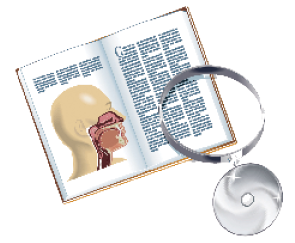 Background
Background
The management of inflammatory salivary gland disease is undergoing a paradigm shift due to the use of sialendoscopy, which facilitates minimally invasive gland-sparing therapeutic procedures. Although salivary gland resection (sialadenectomy) continues to play an important role in the treatment of significant inflammatory salivary gland disorders due to stones, strictures, and chronic sialadenitis, it is not without potential complications including bleeding, infection, nerve injury, sialocele, and cosmetic deformity.
Explore This Issue
September 2014Sialendoscopy involves miniaturized semirigid endoscopes that allow for the diagnostic evaluation of the salivary ductal system. The working channel of therapeutic endoscopes allows insertion of wire baskets, microforceps, manual drill burrs, laser fibers, and balloons that can be used to address obstructive disorders such as sialoliths and strictures. Additionally, saline irrigation and steroid instillation help to clear cellular debris, salivary sludge, mucous plugs, and generalized ductal inflammation. As such, sialendoscopy offers both diagnostic and therapeutic benefits for obstructive salivary gland disease. This review will evaluate the diagnostic and therapeutic outcomes of sialendoscopy as a single-treatment modality for obstructive salivary gland disease and also identify factors predictive of treatment success.
Best Practice
Diagnostic sialendoscopy is highly effective in identifying sialolithiasis in obstructive salivary gland disease. Endoscopic findings of round or oval mobile stones <4 to 5 mm generally permit utilization of interventional sialendoscopy in a safe and efficacious, minimally invasive, gland-sparing manner. Large palpable submandibular duct stones or intraglandular stones may be approached with traditional transoral excisional techniques or sialoadenectomy, whereas large intraparotid stones may be managed with sialendoscopy-assisted approaches or usual conservative means. Read the full article in The Laryngoscope.
Leave a Reply